Read more about the neurographic art inventor psychologist Pavel Piskarev.
Thought, Word and Deed
Everything you do in life comes from the thoughts you have, the words you say and the deeds you do. There is a direct process from one step to the next. You cannot do something (such as make art) before you have thought about it. The practical decisions you need to make before you can create some art are to find a pen and get some paper. What you will draw is the magic that come through a neurographic art practice.
Benefits
The benefits of neurographic art are subtle, but many. Through creating a neurographic art practice you can:
- Relieve anxiety.
- Find peace.
- Reduce stress.
- Calm your mind.
- Gain clarity.
- Get things in perspective.
- Help yourself.
- Help others.
- Use images to express your inner feelings.
- Allow abstract thoughts to pop into your head.
- Make fabulous art for your wall.
Principles
When you draw and make art, your hand holds the pen and your brain moves your hand. Thus, there is a direct connection between your hand and your thoughts.
Intuition
Neurographic art can be related to an intuitive scribble. A scribble has no form and just appears on the page. An intuitive scribble is brought forth when you focus on a problem or a decision you wish to address. Energy flows around you, through your body and in your brain. When energy is blocked it usually happens at a harsh wall or obstacle that you cannot overcome.
Read more >>> Neurographic Art Coloring Book
Three Methods of Neurographic Art
There are three main types of neurographic art, specific, popular and combination. There may be others as subsets of the above, but most artists will work in one of the three methods whether knowingly or not.
1. Specific Neurographic Artwork Method
To be specific when you create neurographic art you need to use the special neurographic line (see below). The neurographic line will tap directly into your mind and help you build new neural pathways in your brain.
Neurographic Line
The neurographic line is the best line to use for deep meditation, self-awareness and for anyone on a consciousness raising journey.
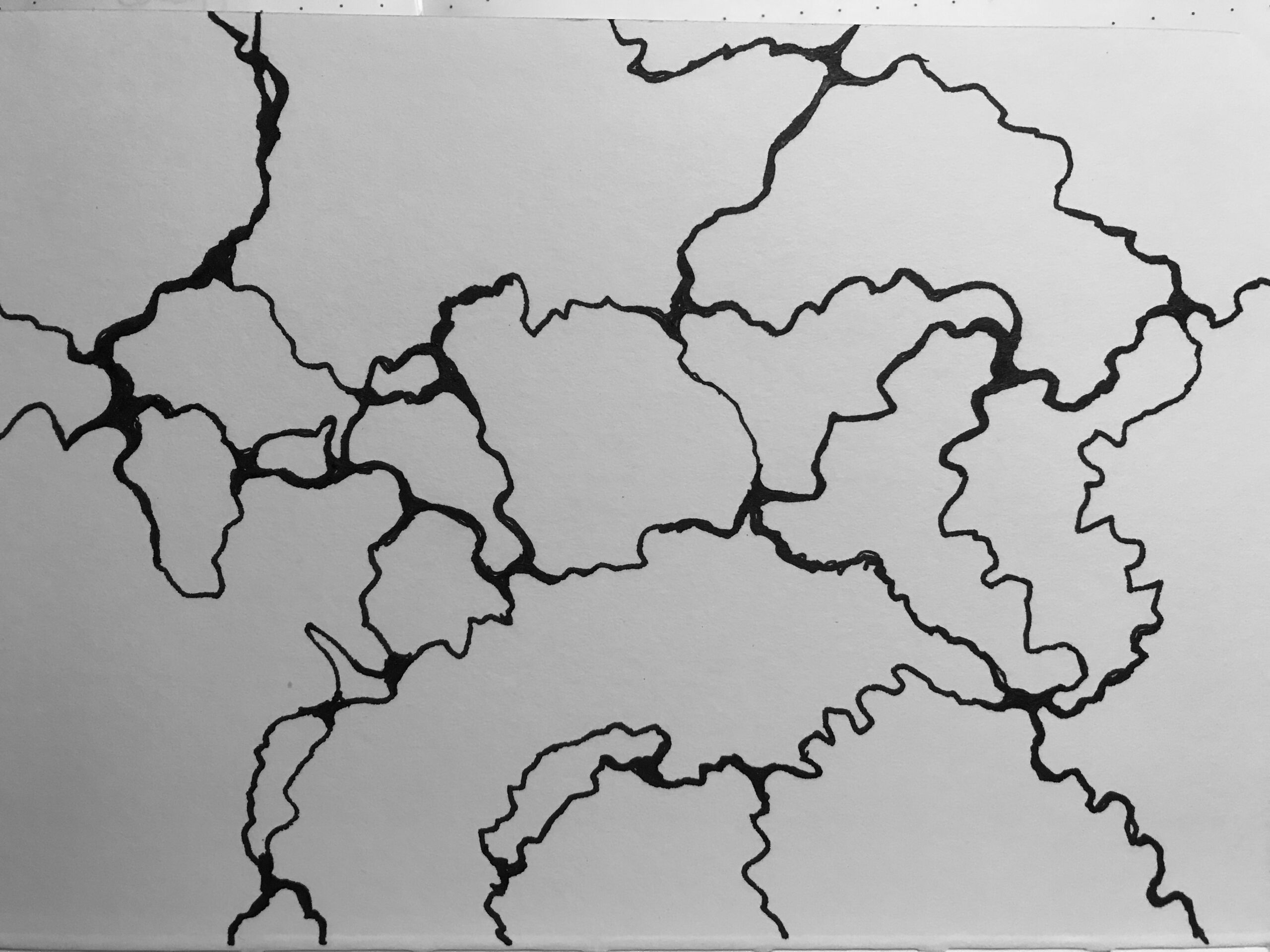
2. Popular Neurographic Artwork Method
The popular neurographic art method is to simply draw curves and swoops on the page, or even straight lines and shapes, in the artwork. Then you curve the intersections and you may add shapes and color.
This type of artwork is fun and good to start with. It is not strictly neurographic art as it may not carry the full mental health benefits of using the neurographic line. Additionally, you may add dots, flowers, stars or other exciting embellishments to yourr art piece.
The popular neurographic art method is suitable for kids and is often used in schools.
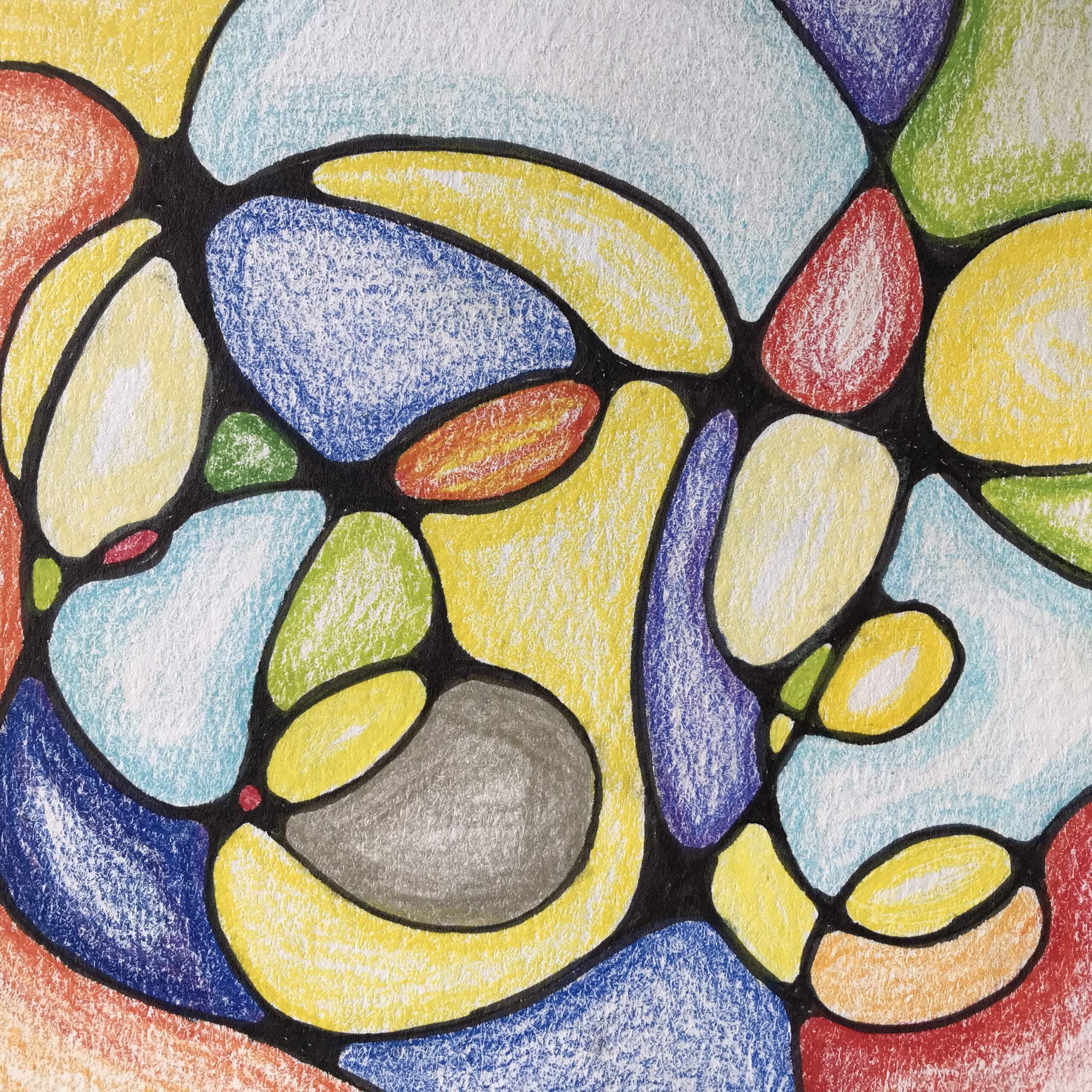
3. Combination Neurographic Artwork Method
Combination neurographic artworks employ smooth lines, neurographic lines, loose shapes and embellishments all mixed in together. This is where most people are at ease with neurographic art for their drawings.
The combination neurographic art technique can bring light meditation properties to the process and create a meaningful artwork as well. Even a small piece of the neurographic line will be of benefit in the combination art method.
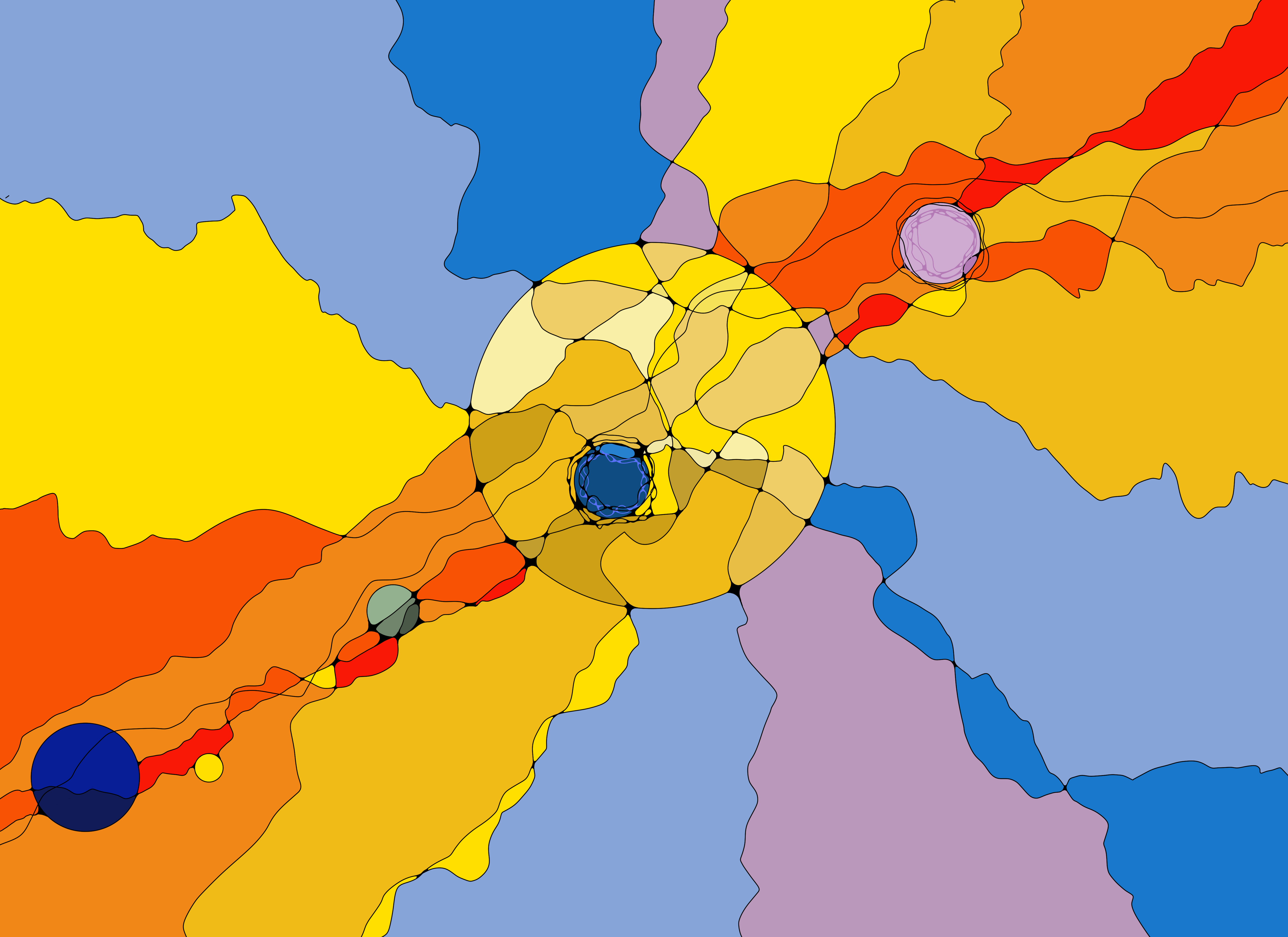
Mindfulness
Be mindful of what you are trying to achieve.
Do you want:
- Therapeutic mental health strengthening.
- Casual feel-good art.
- To have fun exploring a new and trendy art movement.
Read more >>> Make 12 Neurographic Artist Trading Cards
The Neurographic Line
Not all lines are created equal and the neurographic line is no different.
What Is a Neurographic Line?
- A neurographic line does not repeat.
- A neurographic line changes direction as soon as you are aware of its route.
- A neurographic line does not end in the middle of the page, it either flows to the edge of the page or it blends into other lines or shapes like circles.
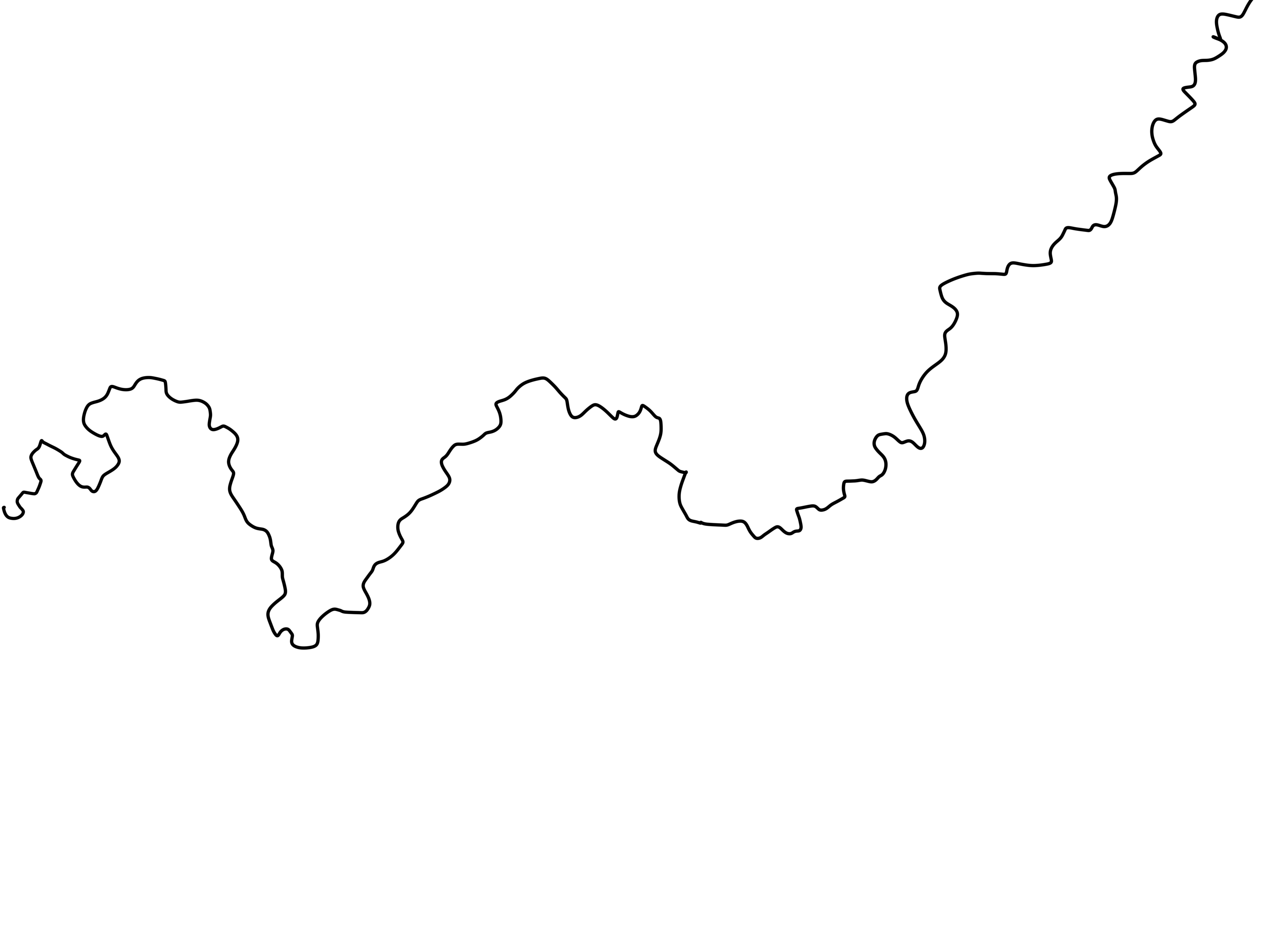
What is Not a Neurographic Line?
Let’s consider what does not constitute a neurographic line. A neurographic line is not:
- A straight line.
- A smooth, wavy or curved line.
- A smooth shape like a circle.
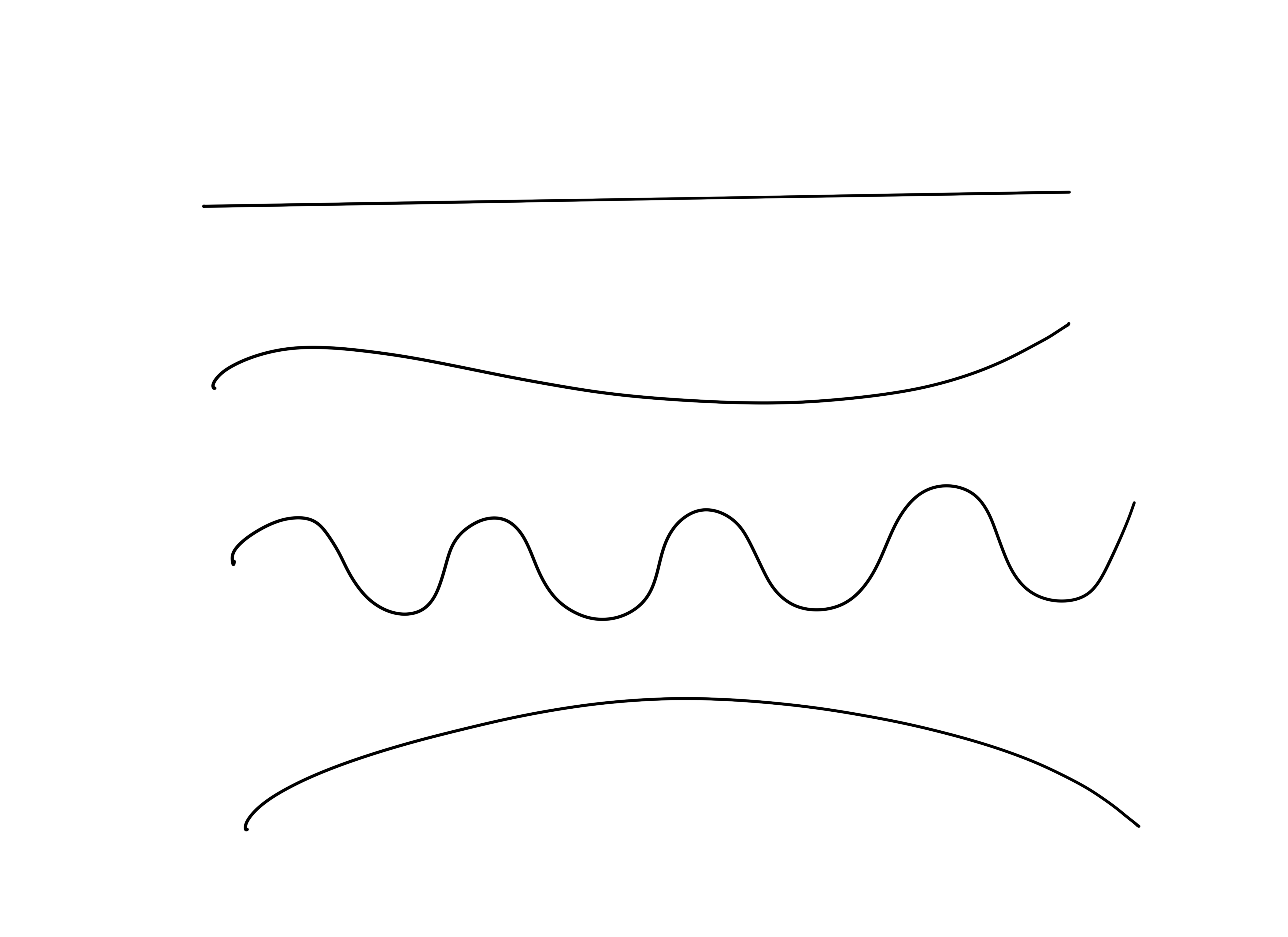
3 Ways Neurographic Art May Benefit You
Let’s have a look at three ways that creating neurographic art can benefit you. Of course there will be many other ways as well, but these first three are the easiest ones to start with.
1. To Make Intentions
To make an intention with your neurographic art is to bring a focus to a situation challenge or issue that you are facing.
You would do this before you start the artwork.
For example, perhaps you are trying to decide whether you should quit your job and take a new position which has been offered to you and you’re not exactly sure what to do.
You can consider the pay increase, adjusted hours, a better commute or how it may improve your actual career prospects.
You also want to ponder over the action that you’re going to take on an inner level which you could certainly do with neurographic art.
How to Create Intentional Neurographic Art
Take a sheet of paper on which you’re going to make the artwork. On the back write one or two words that you need to focus on which clearly explain the dilemma you are facing.
In the example of, “should I take the new job?” you would simply write the two words “new job” on the back of the sheet. This intentional writing of the words is to focus your mind as you create the artwork. You are intentionally creating an artpiece that will help you decide whether or not to take a new job offer.
The idea is not to have a simple yes or no answer at the end, but during the course of creating the artwork (which would probably take you at least one or two or five or six hours) you will focus your mind on all of the options and permutations which taking the new job would entail.
Ideally at the end of the artwork you will have a clearer understanding of whether to take the new job and how you feel about it.
Read more >>> Neurographic Art Quotes
2. Neurographic Line
Neurographic Line in Neurographic Art
Using the Neurographic line when you create neurographic art. As you may know not all neurographic art uses the neurographic line.
The neurographic line is a specific line:
- It does not repeat.
- It is not a straight line.
- It does not curve smoothly.
- It generally wiggles along.
The idea is that as you draw this line, as soon as you become conscious of the direction in which you are going, you have to change direction.
Non-dominant Hand
One great tip when drawing a neurographic line is to use your non-dominant hand. That means that if you are right-handed, you would put the pen in your left hand and if you are left-handed you will hold the pen in your right hand.
Crossing the Center Line
By crossing the centerline of your body and putting the pen in the opposite hand you are forcing your mind to see these paths differently than it would through the automatic way that you naturally go if you are perhaps right-handed.
Signature: Sign Here
You can clearly see the benefit of working with your nondominant hand when you come to writing your signature. If you are naturally right handed, as you write your signature John Smith after years of practice you just automatically swish out all the letters and dash of your signature. It is very often not very clear to see, but because you have been writing it for so many years, your brain will automatically sign your name without thinking and you do it with your dominant hand.
However, if you put the pen in your non-dominant hand and you try to sign your signature suddenly your brain has to actually work. This means that you naturally tap into a new neural pathway as you think about what you are doing. It does not come naturally to you because you haven’t worn a pathway in your mind, so it’s something new for your mind to grapple with. You create new connections as you learn how to sign your name with your non-dominant hand.
3. Smooth Connections
Curves
Once you have the main lines down on your page, whether they be circles shapes, swoops, or the neurographic line, you are now at the point of smoothing out the connections.
How to Curve Your Connections
To smooth connections you take your black pen and draw curves where every line intersects another line. Generally, there will be four curves at each intersection.
How to Curve Intersections: Neurographic Art
One of the main principles of doing basic neurographic art is curving the intersections. The intersections occur where two lines cross or where a line crosses a shape such as a circle, an oval, or another shape.
Where two lines intersect there will be four curves required at that intersection. I’m going to share with you best principles for curving your intersections in neurographic art.
Intersection Meaning
As a reminder where two lines intersect in neurographic art, and you curve the intersections, these are the points where the new neural pathways are being built in your brain. This means is that this is an opportunity for new thoughts ideas and inspiration to come to you.
Pathways
It is a bit like tramping out a path in the woods. To start with you must hack through the undergrowth to create a new pathway. After you’ve been doing that for a week you can see a vague footprint footpath through the bush.
The more you walk the same path and use the same ideas the stronger the pathway will become and overtime it will widen. Eventually pathways which are used frequently will become well entrenched in your thought patterns.
The idea is that to branch out and create a new pathway means going in a different direction and make new connections. These lines and intersections in neurographic artwork are symbolic of new thought patterns, ideas and ways of thinking in your mind.
Plasticity
This leads to brain plasticity and a growth mindset.
Line Thickness
When creating neurographic art one must consider the thickness of the line you are drawing. If you use a very thin line, you will have smaller intersections and if you use a thicker line, you will have bigger intersections.
Circle Template
To understand how to curve connections in neurographic art you would technically use a circle template. This is not necessary, but to understand the principles of where the curves are coming from it may be a great guide.
You can eyeball the curves you need in your neurographic art and depending on the thickness of your line will depend on how large your circle diameter will be.
All intersections that are on the same drawing would technically have the same radius curve at their intersections. If your main lines are too thin, or your intersections are too big, the artwork looks a little unbalanced. If your lines are very thick and your intersections are very small, again the artwork looks unbalanced.
It is better to find a happy medium between the thickness of the lines on your drawing and the curves you make at your intersections. There are no hard and fast rules for this. With practice you will find your own individual art style when working with neurographic art.
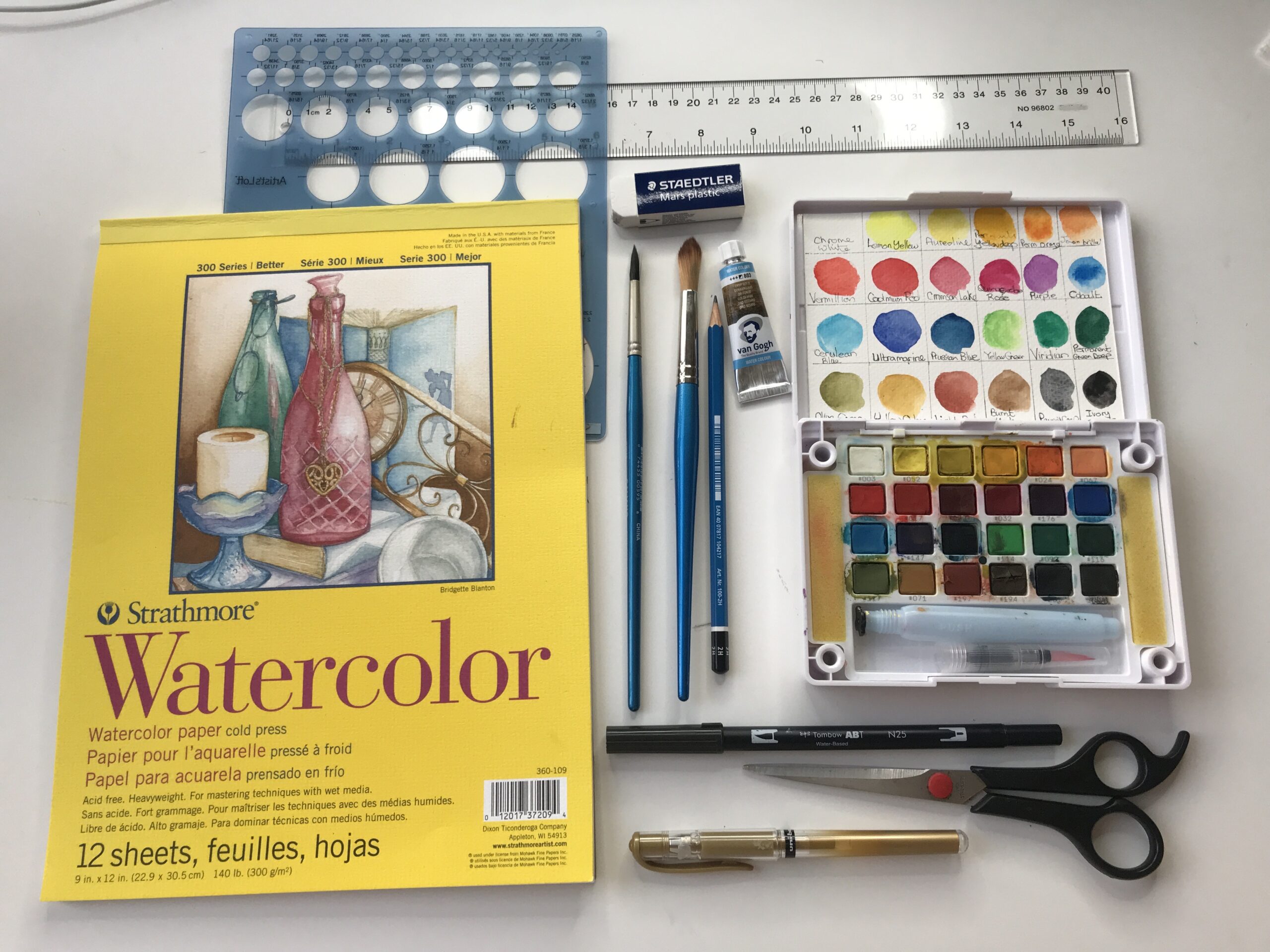
Read more >>> My Art Supplies
Basic Shape
In a basic two-line intersection, the lines will cross horizontally and vertically. The lines will be at 90° to each other. To curve the intersection, you would take your template and with a large radius describe the curves on each corner. Use the same size circle to create the curve for each connection.
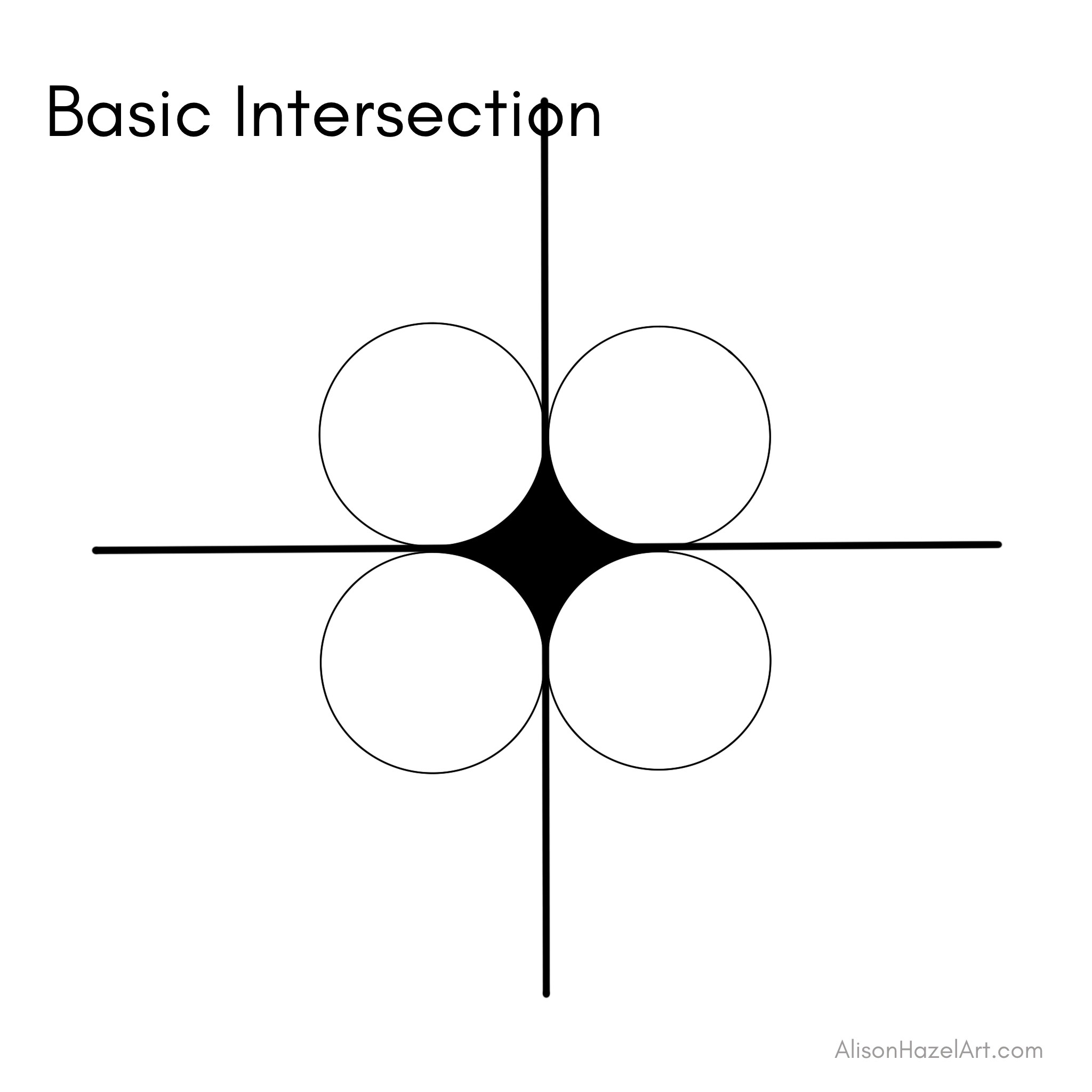
Angled Connection
Where two lines intersect and are at sharp angles, your connection looks slightly different. Still use the exact same circle template with the same radius and draw out the four curves. This means that on the very wide, or oblique, angles the curve will be shallow and low. On the very narrow, or acute, angles, the curves will be deep and high.
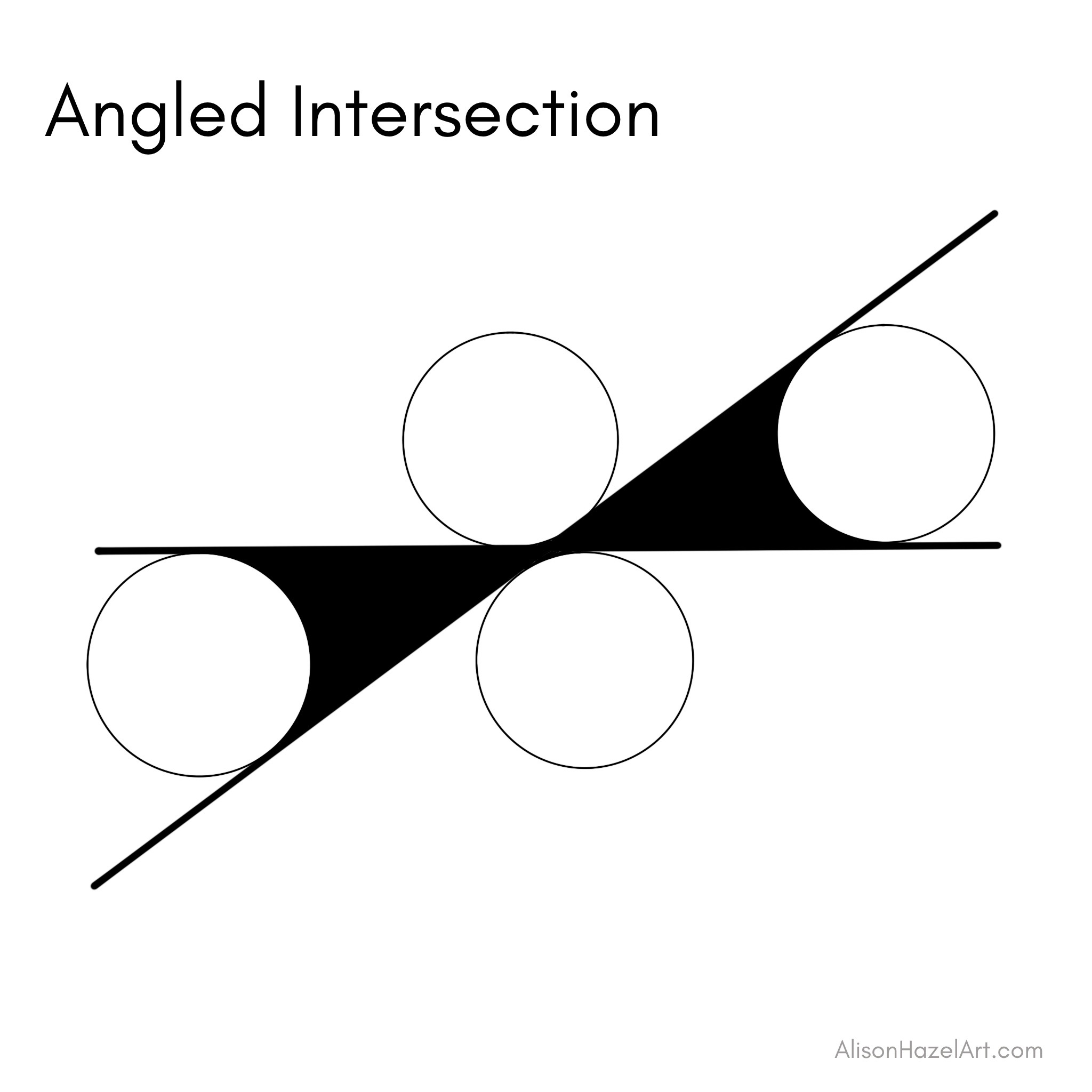
Curved Intersections
When two lines that intersect are curved, there may be a variety of widths to the main connection. Take the circle template with the exact same curve and the same radius and draw in smoothly the curve on each of the four sides of this connection. This may result in a larger connection area that is all in black.

Multiple Intersection Hubs
If your drawing has multiple intersections, where more than two lines are coming together in the very small area, it will result in a far larger connection hub overall. There will be more than four radii being described out to smooth the connections, but it does depend on the artwork.
This is a very interesting situation as it allows a very large hub or node to appear in the drawing. This more defined intersection will become a higher focus for thoughts and ideas in the artwork. In the example below note that the inner triangle has been fully engulfed into the node. This increases the magnitude and focus of this connection.
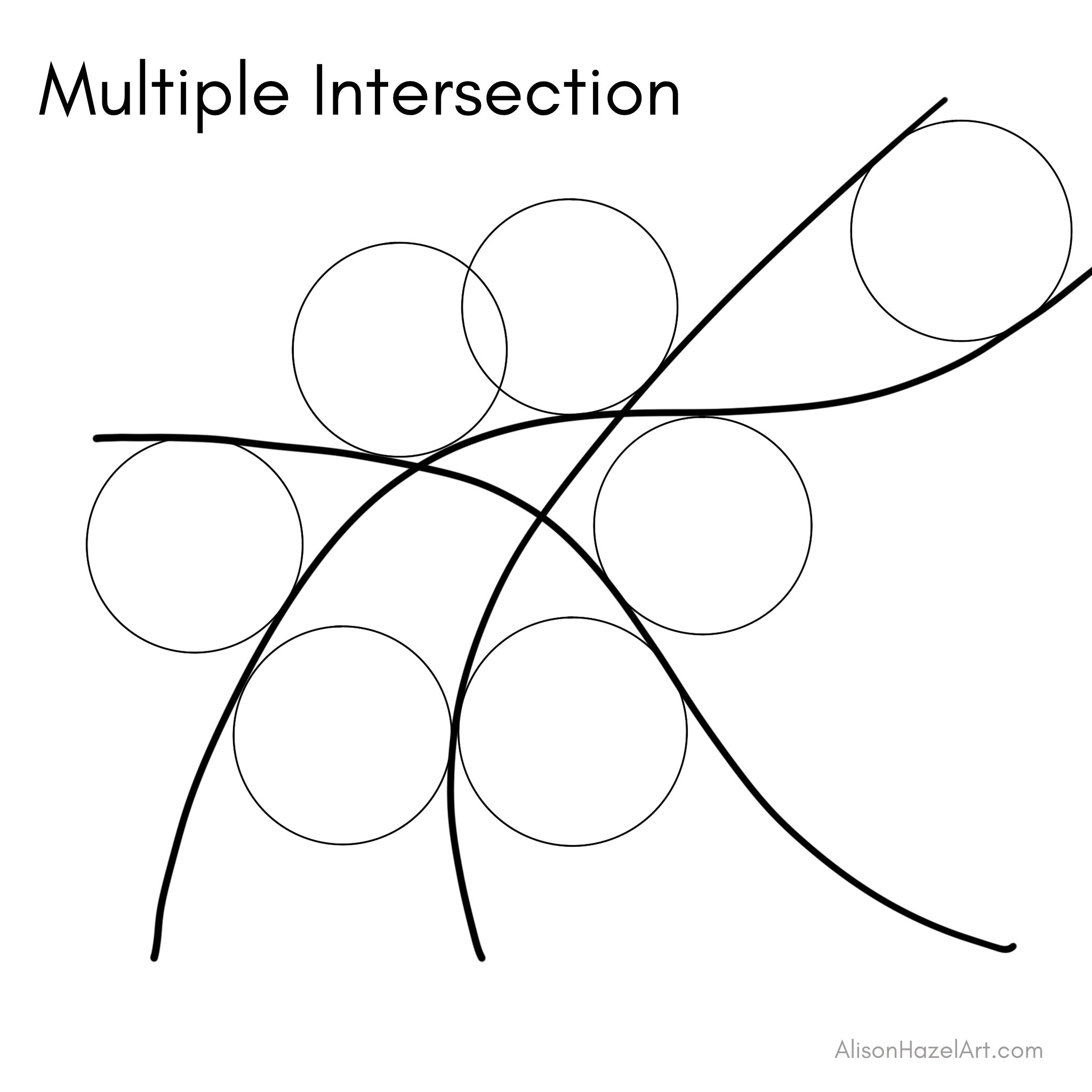

Focus
To draw multiple connections on an artwork can be laborious. This is the moment where you have to take your time with your artwork as you bring focus to what it is you are doing.
The activity of drawing small curves soft curves onto the page is very meditative. Now you can consider the intention you wrote from step one and think about it as you, almost mindlessly. draw in all the curves on your artwork.
All Artworks
No matter what type of neurographic art you are doing whether it is simple basic or combined there will be connections to be smoothed. This is a very satisfying part of the art creation process and it is not to be taken lightly. As you are drawing each curve consider the question, issue or what you wrote on the back of your page. At this point you can let your mind wander to provide you with other ideas that you may not of thought about regarding your situation.
Explore more >>> Neurographic Art Coloring Book
Yes or No Answer? Probably Not
Again, you are not necessarily looking for a yes or no answer. What you are trying to do is to open your mind to further possibilities or other ways that this situation could be addressed.
Aspiring Artist Activity
Make a piece of art and bring all three techniques that benefit using neurographic art to the work. Get a piece of paper which you will be working on and some pens, paints or other art supplies and please do the following:
Intent
- Write your intention on the back of the page this could be one, two or three words to bring focus to what you are trying to resolve.
- Start your artwork with a black pen at this point you can do circles if you wish, but bring in neurographic lines and not only straightforward lines.
Connect
- Curve all the connections and consciously focus on your intention. Take your time and let your mind wander.
Embellish
- Continue adding colour and embellishments as you see fit to make a beautiful artwork of which you are proud.

Take Notes
When you have finished your artwork put it aside and make a note of ideas that popped into your head while you were crafting this artwork.
Share on Social
Share your artwork with us under the hashtag #AlisonHazelArt
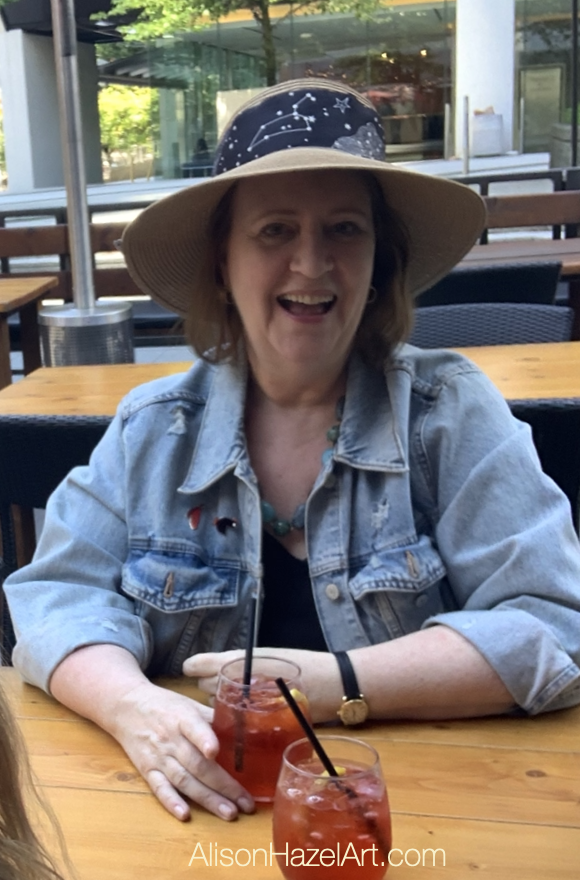
Author Bio
Alison Hazel is a woman who shares her ongoing journey about becoming an artist later in life. She creates simple art that anyone can make. She hopes to inspire you to reach your creative potential in the area that suits you.
More Articles
If you enjoyed this article on neurographic art please explore our site and read some more from our blog by clicking the images below.
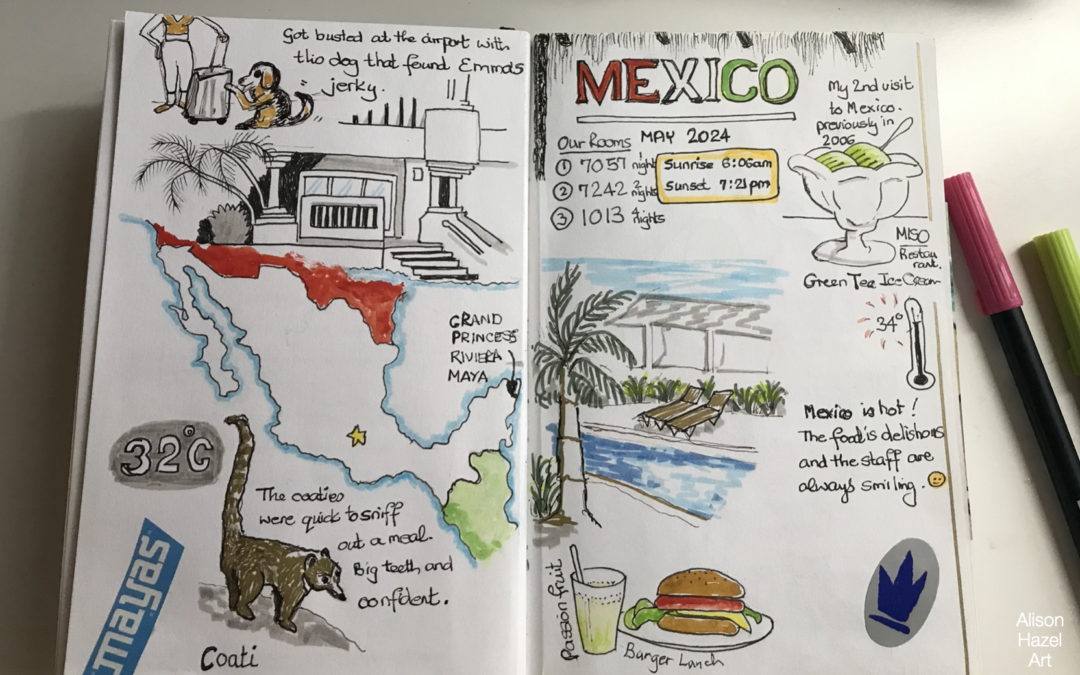
Travel Journal Pages: Mexico
Author: Alison Hazel - Published: June 2024 Mexico Travel Journal Pages I recently went to Mexico with my daughter for a week in May. We stayed at an all inclusive resort on the Riviera Maya, that is the Caribbean sea side of the country on the east coast. I had...
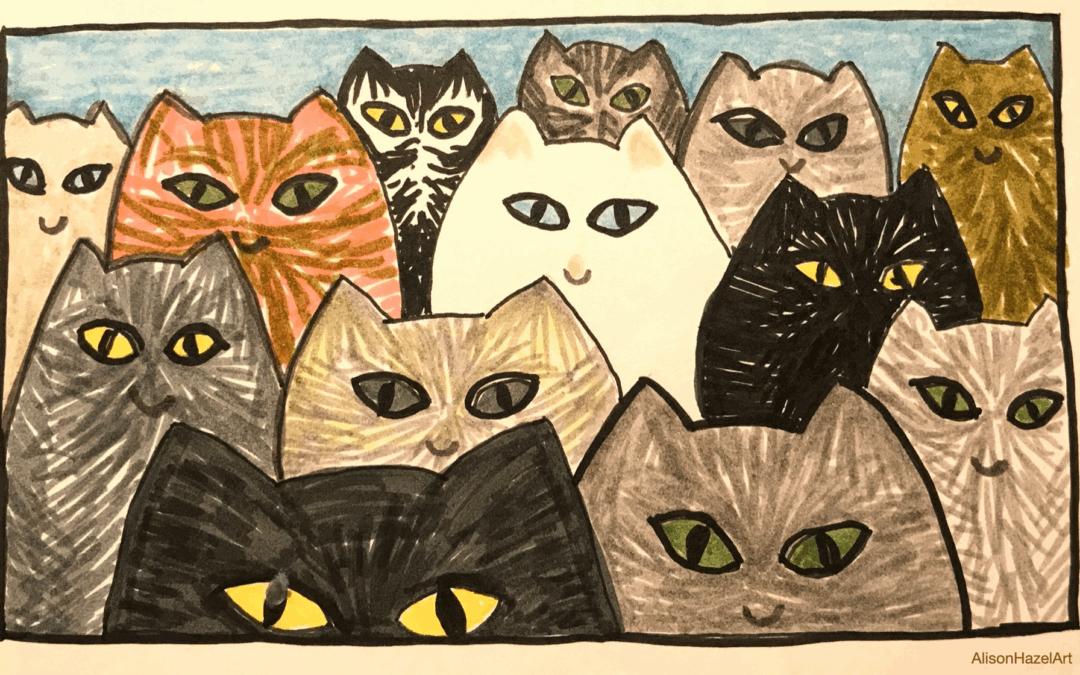
Sketchbook Flip Through
Sketchbook Flip Through Abstract Sketchbook Welcome to the vibrant realm of my latest abstract sketchbook, where colors and shapes intertwine in a dance of imagination. In this flip through, we will embark on a journey through abstract art, a world where the ordinary...
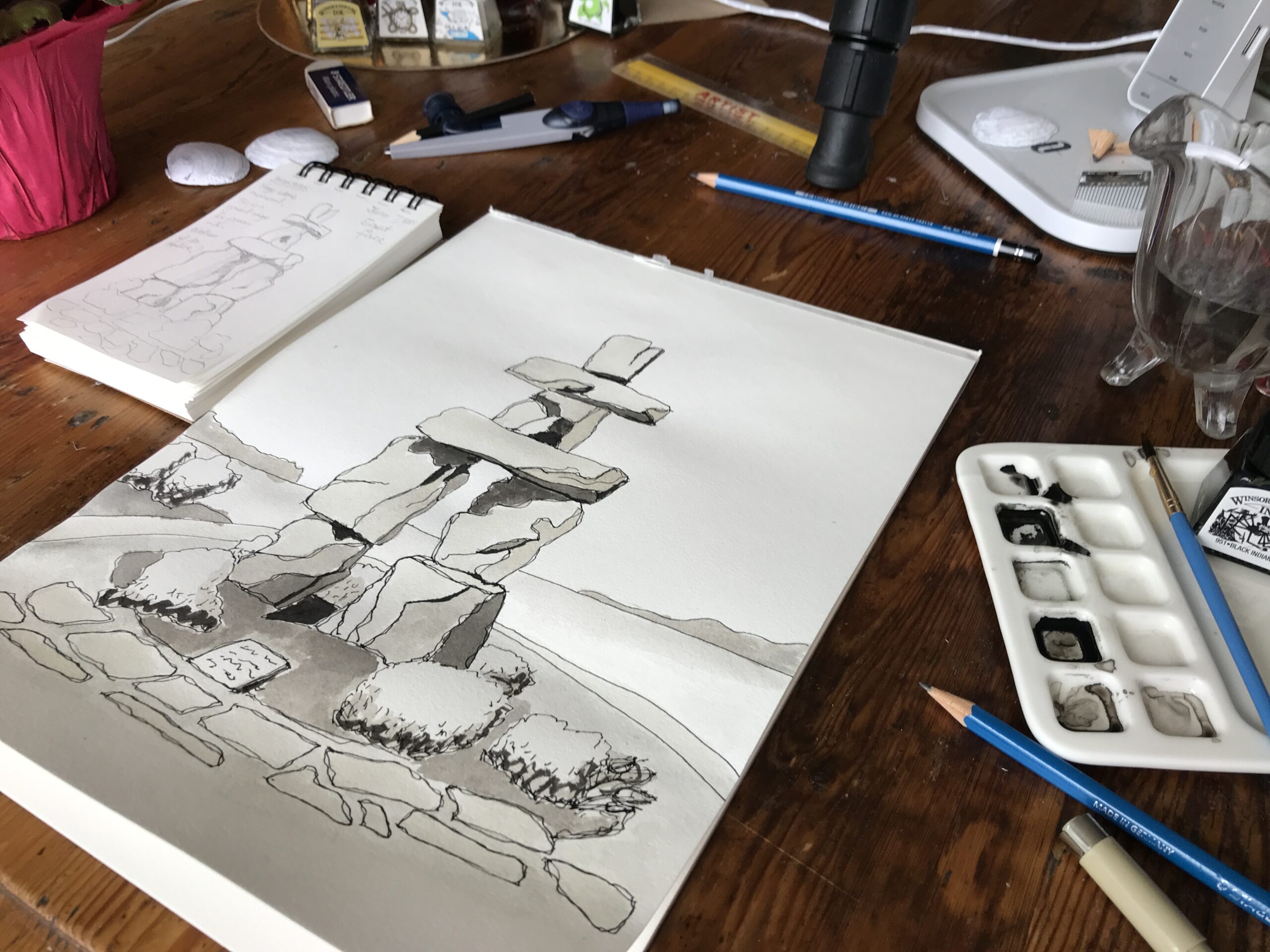
Inukshuk – Pen and Ink
How to draw the Vancouver Inukshuk with black and grey scale drawing inks. Nature Journal. Hobby Artist